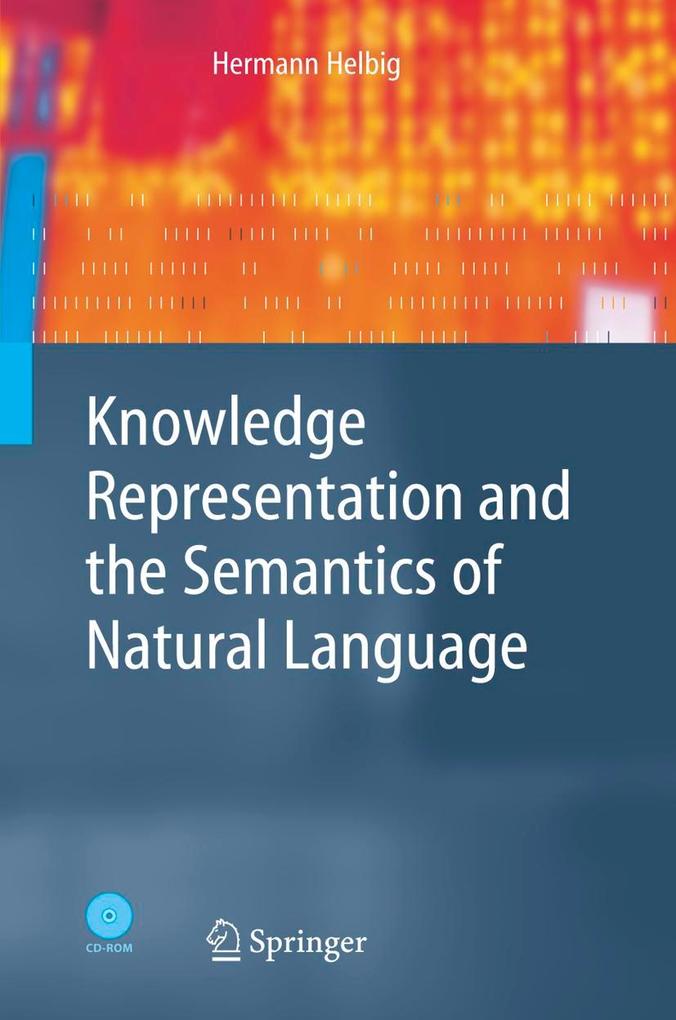
Zustellung: Fr, 27.06. - Di, 01.07.
Versand in 1-2 Wochen
VersandkostenfreiBestellen & in Filiale abholen:
Natural Language is not only the most important means of communication between human beings, it is also used over historical periods for the pres- vation of cultural achievements and their transmission from one generation to the other. During the last few decades, the ? ood of digitalized information has been growing tremendously. This tendency will continue with the globali- tion of information societies and with the growing importance of national and international computer networks. This is one reason why the theoretical und- standing and the automated treatment of communication processes based on natural language have such a decisive social and economic impact. In this c- text, the semantic representation of knowledge originally formulated in natural language plays a central part, because it connects all components of natural language processing systems, be they the automatic understanding of natural language (analysis), the rational reasoning over knowledge bases, or the g- eration of natural language expressions from formal representations. This book presents a method for the semantic representation of natural l- guage expressions (texts, sentences, phrases, etc. ) which can be used as a u- versal knowledge representation paradigm in the human sciences, like lingu- tics, cognitive psychology, or philosophy of language, as well as in com- tational linguistics and in arti? cial intelligence. It is also an attempt to close the gap between these disciplines, which to a large extent are still working separately.
Inhaltsverzeichnis
Knowledge Representation with MultiNet. - Historical Roots. - Basic Concepts. - Semantic Characterization of Objects. - Semantic Characterization of Situations. - The Comparison of Entities. - The Spatio-temporal Characterization of Entities. - Modality and Negation. - Quantification and Pluralities. - The Role of Layer Information in Semantic Representations. - Relations Between Situations. - Lexicon and Knowledge Representation. - Question Answering and Inferences. - Software Tools for the Knowledge Engineer and Sample Applications. - Comparison Between MultiNet and Other Semantic Formalisms or Knowledge Representation Paradigms. - The Representational Means of MultiNet. - Overview and Representational Principles. - Means for Expressing Classification and Stratification. - Relational and Functional Means of Representation.
Produktdetails
Erscheinungsdatum
22. September 2005
Sprache
englisch
Auflage
2006
Seitenanzahl
668
Reihe
Cognitive Technologies
Autor/Autorin
Hermann Helbig
Verlag/Hersteller
Produktart
gebunden
Abbildungen
XIX, 647 p.
Gewicht
1156 g
Größe (L/B/H)
241/160/41 mm
ISBN
9783540244615
Entdecken Sie mehr
Bewertungen
0 Bewertungen
Es wurden noch keine Bewertungen abgegeben. Schreiben Sie die erste Bewertung zu "Knowledge Representation and the Semantics of Natural Language" und helfen Sie damit anderen bei der Kaufentscheidung.










